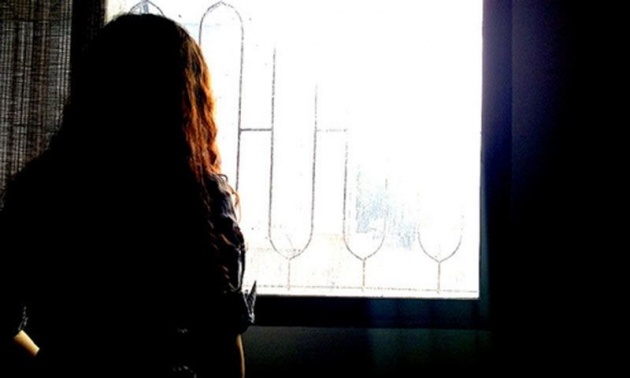
In her chillingly brilliant dystopian novel The Handmaid’s Tale, Margaret Atwood writes about the handmaids being “the people who were not in the papers. [They] lived in the blank white spaces at the edges of print. [They] lived in the gaps between the stories”.
As a Pakistani born British Muslim woman, this is where I find myself positioned at the moment – in an indeterminable place, a not ‘not-quite’ as it were – by society, but also, rather more troublingly, by myself.
Your may well raise an eyebrow at the above sentiments. My life is not analogous to that of the darkly oppressive lives of handmaids in Atwood’s ‘Republic of Gilead’.
Nor do I, most thankfully, inhabit such a warped or dysfunctional society.
Also read: A Punjabi in New York: Juggling multiple identities
As for marginality, you might rightly consider alluding to the not insignificant media coverage given to the ‘Muslim woman’, and in connection to the hijab, the piercing stories of patriarchal misogyny, domestic violence, female infanticide, childhood marriage and a general sense of tyranny within which Muslim women find themselves portrayed in the global media.
Indeed, the media when glimpsed from this perspective is doing more than its fair share in projecting the lives and stories of Muslim women. And I couldn’t agree more.
But the media, in its several manifestations, does nothing to represent me, the Muslim woman next door.



